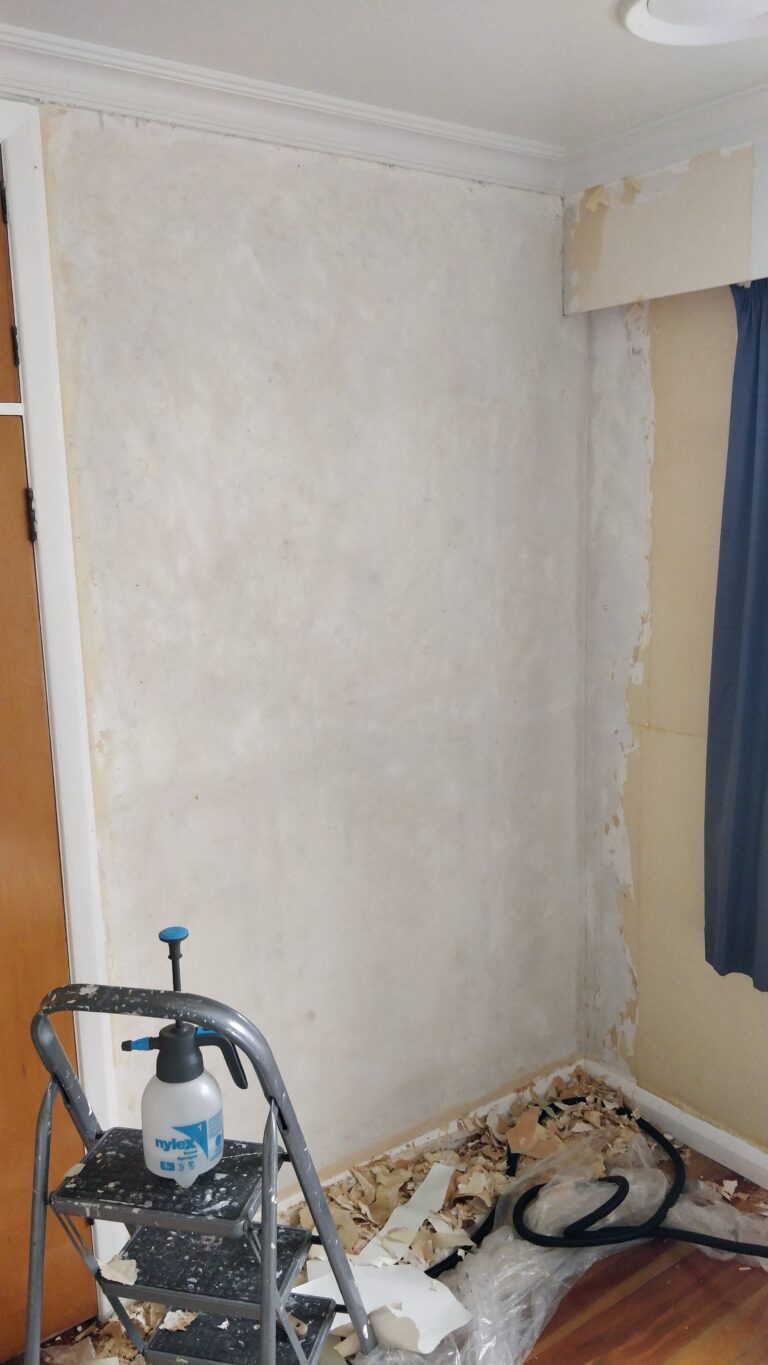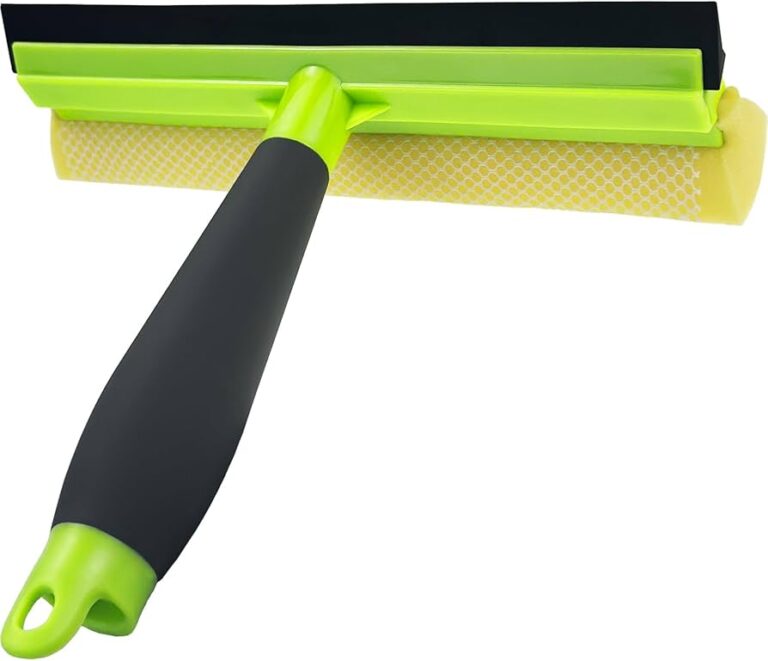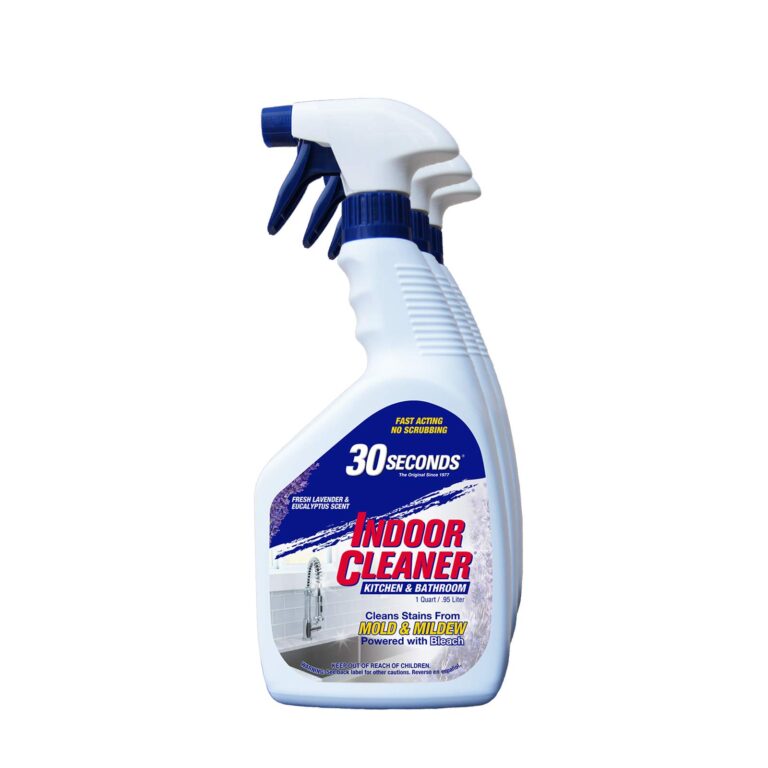Can You Plaster Over Wallpaper? Expert Tips and Tricks
Yes, you can plaster over wallpaper. But it’s not always recommended.
Several factors can affect the success of this project. Plastering over wallpaper might seem like a time-saver. But it can lead to problems if not done correctly. The wallpaper must be in good condition. This means no peeling or bubbles.
Old or damaged wallpaper can cause plaster to crack or fall off. You also need to consider the type of wallpaper. Some wallpapers have a vinyl coating that won’t bond well with plaster. Preparation is key. Cleaning and priming the wallpaper surface can help. This ensures the plaster adheres properly. Ready to learn more? Let’s dive into the details of plastering over wallpaper.
Pros And Cons Of Plastering Over Wallpaper
Thinking about plastering over wallpaper? It’s a common question for those looking to spruce up their walls without the hassle of removing old wallpaper. But is it the right choice for you? Let’s dive into the pros and cons to help you make an informed decision.
Benefits
Plastering over wallpaper can have several advantages. Here are some of the main benefits:
- Saves Time: Removing wallpaper can be a tedious and time-consuming task. By plastering over it, you can save a significant amount of time and get straight to the fun part—decorating!
- Cost-Effective: Skipping the removal process means you save money on labor and materials. This can be a budget-friendly option for those looking to renovate on a dime.
- Quick Fix: If the wallpaper is in decent condition and well-adhered, plastering over it can provide a smooth and new finish without too much hassle.
Drawbacks
While plastering over wallpaper has its perks, it’s not without its downsides. Here are some drawbacks to consider:
- Potential for Issues: If the wallpaper is old, peeling, or not properly adhered, plastering over it can lead to problems down the line. The plaster may crack or not adhere properly, causing more work in the future.
- Moisture Concerns: Plastering over wallpaper in a damp environment, like a bathroom, can lead to mold growth. The wallpaper can trap moisture, causing the plaster to deteriorate.
- Not Always Suitable: Some types of wallpaper, like vinyl, may not be suitable for plastering over. It’s important to assess the type of wallpaper before making a decision.
In conclusion, while plastering over wallpaper can save time and money, it’s crucial to weigh the benefits against the potential drawbacks. Assess the condition of your wallpaper and consider the environment before diving in. As they say, sometimes the quickest route isn’t always the best one!

Credit: agirlcandoit.wordpress.com
Assessing Wallpaper Condition
Before you roll up your sleeves and start plastering over that old wallpaper, it’s crucial to assess its condition. Why? Because a poor foundation can lead to a less-than-perfect result. By taking the time to evaluate the wallpaper, you ensure a smooth and durable plaster finish. So, let’s dive into the steps for assessing the wallpaper condition.
Check For Damage
First things first, let’s check if the wallpaper is damaged. Walk around the room and keep an eye out for any rips, tears, or holes in the wallpaper. Damaged areas are potential weak spots that could ruin your plastering job. Here’s what you need to do:
- Look for visible tears or peeling edges.
- Check for water damage or mold, especially in corners and near windows.
- Feel for any soft spots that might indicate underlying damage.
If you find minor damage, you might be able to fix it with some adhesive or filler. However, extensive damage may require removing the wallpaper entirely before plastering.
Evaluate Adhesion
The next step is to evaluate how well the wallpaper is sticking to the wall. If the wallpaper isn’t firmly attached, it could cause the plaster to crack or peel. Here’s a simple way to check adhesion:
- Pick a small, inconspicuous area of the wallpaper.
- Gently tug at the corner of the wallpaper.
- Observe if it comes off easily or resists your pull.
If the wallpaper resists and stays put, it’s likely well-adhered. However, if it peels away effortlessly, you might be dealing with poor adhesion. In such cases, it’s often best to remove the wallpaper before proceeding with plastering.
| Condition | Action |
|---|---|
| Minor Damage | Repair and proceed with plastering |
| Extensive Damage | Remove wallpaper before plastering |
| Good Adhesion | Safe to plaster over |
| Poor Adhesion | Remove wallpaper before plastering |
By carefully assessing the condition of your wallpaper, you set the stage for a successful plastering project. Remember, a little prep work goes a long way in achieving a professional finish!
Preparing The Surface
Preparing the surface is crucial before plastering over wallpaper. This step ensures a smooth finish and long-lasting results. Let’s break it down into manageable tasks.
Cleaning The Wallpaper
First, clean the wallpaper to remove dirt and dust. Use a damp sponge and mild detergent. Gently wipe the surface to avoid damaging the wallpaper. Allow it to dry completely before moving to the next step.
Priming The Wallpaper
After cleaning, apply a primer to the wallpaper. This creates a stable base for the plaster. Use a high-quality oil-based or shellac primer. Apply it evenly with a roller. Make sure to cover all areas. Let the primer dry thoroughly before plastering.
Tools And Materials Needed
Plastering over wallpaper can seem daunting, but with the right tools and materials, the task becomes manageable. Knowing what you need is the first step to a smooth plastering job. Here, we outline the essential tools and recommended materials for plastering over wallpaper.
Essential Tools
To start, gather the following tools:
- Plastering trowel: For smooth application and finishing.
- Mixing bucket: For mixing plaster to the correct consistency.
- Utility knife: To cut away any loose wallpaper edges.
- Scraper: For removing debris and smoothing the surface.
- Sandpaper: To roughen glossy wallpaper, ensuring better adhesion.
- Sponge: For cleaning the wall before plastering.
- Brush: To apply bonding agent to the wall.
Recommended Materials
Having the right materials is crucial. Here are the recommended ones:
- Plaster: Choose high-quality plaster for a durable finish.
- Bonding agent: Ensures plaster sticks well to the wallpaper.
- PVA glue: Often used to prime the surface before plastering.
- Drop cloths: Protect floors and furniture from plaster splatters.
- Masking tape: To protect edges and trim from plaster.
- Water: Needed for mixing plaster and cleaning tools.
Using the right tools and materials will make plastering over wallpaper easier and more effective. Preparation is key to a successful plastering job.
Step-by-step Plastering Process
Plastering over wallpaper can be tricky, but it’s possible with the right steps. Here’s a step-by-step guide to help you through the process. Follow these steps to achieve a smooth, professional finish on your walls.
Applying The Base Coat
Before starting, ensure the wallpaper is firmly attached to the wall. Any loose sections should be glued down. Next, clean the wallpaper to remove dust and grime.
Mix the plaster according to the manufacturer’s instructions. Apply the base coat using a plastering trowel. Spread it evenly across the wallpapered surface. The base coat should be about 3-5 mm thick.
Allow the base coat to dry for several hours. Check the manufacturer’s drying time recommendations. Once dry, lightly sand the surface to remove any bumps or ridges.
Finishing With A Top Coat
After the base coat is smooth and dry, prepare the top coat. Mix the top coat plaster as per the instructions. Apply it evenly over the base coat with a trowel.
The top coat should be thinner than the base coat. Aim for a 1-2 mm thickness. Work quickly but carefully to achieve a smooth finish.
Allow the top coat to dry completely. This may take up to 24 hours. Once dry, lightly sand the surface to remove any imperfections.
Now, your plastered wall is ready for painting or any other finish you prefer.

Credit: www.reddit.com
Common Mistakes To Avoid
Plastering over wallpaper can lead to poor adhesion and an uneven finish. Remove the wallpaper first to ensure a smooth, durable surface. Ignoring this step may cause the plaster to crack or peel over time.
Plastering over wallpaper can be tricky. People often make common mistakes. These errors can ruin the final look. Learning what to avoid can save time and stress.Skipping Preparation
Preparation is essential. Don’t rush through it. Clean the wallpaper well. Remove any dust or grime. Check for loose edges. If the wallpaper peels, fix it. Ignoring this step can cause problems.Using Incorrect Materials
Use the right materials. Not all plasters are the same. Some are too heavy for wallpaper. Lightweight plaster works best. Choose a good primer. This helps the plaster stick. Wrong materials can lead to cracks. “`Post-plastering Care
Congratulations! You’ve successfully plastered over your wallpaper. Now, it’s time to ensure your hard work lasts. Post-plastering care is crucial for a smooth finish and long-lasting results. Let’s dive into the essential steps you need to follow after plastering over wallpaper.
Drying Time
Patience is key here. Plaster needs time to dry completely before you move on to the next steps. On average, it takes 24-48 hours for the plaster to dry. However, this can vary depending on the room temperature, humidity, and the thickness of the plaster layer.
- Ventilation: Ensure the room is well-ventilated to speed up the drying process.
- Avoid Direct Heat: Do not use heaters or direct sunlight to dry the plaster quickly, as this can cause cracks.
- Check for Dryness: The plaster is dry when it changes from dark to light in color.
Remember, rushing this process can lead to issues like cracks and poor adhesion. So, sit back, relax, and let nature take its course.
Painting Over Plaster
Once your plaster is completely dry, it’s time to add a splash of color. But don’t grab that paintbrush just yet! There are a few steps to ensure a flawless finish.
- Primer: Apply a primer to seal the plaster surface. This helps the paint adhere better and ensures an even finish.
- Choose the Right Paint: Opt for a breathable paint designed for plastered surfaces. This prevents moisture buildup and potential damage.
- First Coat: Apply a thin first coat of paint. This is often called a ‘mist coat’ and is usually a mixture of water and paint (70:30 ratio).
- Final Coats: After the mist coat dries, apply two more coats of your chosen paint color. Allow each coat to dry completely before applying the next.
And there you have it! By following these steps, you’ll achieve a smooth and professional-looking finish that enhances your room’s aesthetics.
So, have you ever taken a shortcut that backfired? Trust me, when it comes to post-plastering care, shortcuts are your enemy. Take your time, and your walls will thank you!
| Step | Details |
|---|---|
| Drying Time | 24-48 hours depending on conditions |
| Primer | Seals the plaster surface |
| Mist Coat | Thin mixture of water and paint |
| Final Coats | Two coats of chosen paint color |

Credit: fauxfinish.weebly.com
Expert Tips For Best Results
Plastering over wallpaper might seem challenging, but it is possible with the right approach. Experts recommend specific techniques to achieve the best results. This guide provides professional tips for ensuring a smooth finish and enhancing durability. Follow these steps for a successful plastering project over wallpaper.
Ensuring Smooth Finish
Start by inspecting the wallpaper. Look for any loose or damaged areas. Remove any peeling sections or bubbles. Clean the wallpaper surface with a damp cloth. This removes dust and grime that could affect adhesion.
Apply a primer or sealer. This helps the plaster bond better with the wallpaper. Use a high-quality primer designed for this purpose. Allow the primer to dry completely before moving to the next step.
Mix the plaster according to the manufacturer’s instructions. Ensure it has a smooth consistency. Apply the plaster in thin, even layers. Use a trowel to spread it evenly across the wallpaper. Smooth out any bumps or ridges as you go. Let each layer dry before adding another one.
Enhancing Durability
After the plaster has dried, inspect the surface for any imperfections. Sand down any rough spots or high points. Use fine-grit sandpaper for a smooth finish. Wipe away dust with a clean cloth.
Apply a second coat of primer to seal the plaster. This adds an extra layer of protection. It also prepares the surface for painting or other finishes. Allow the primer to dry completely before proceeding.
Paint the plastered surface with a high-quality paint. Choose a paint designed for plaster walls. Apply at least two coats for best results. Allow each coat to dry thoroughly before applying the next one. This ensures a durable, long-lasting finish.
Frequently Asked Questions
Can You Plaster Straight Onto Wallpaper?
No, you should not plaster directly onto wallpaper. Remove the wallpaper first for best results. Plaster adheres better to a clean, smooth surface.
Is It Okay To Skim Coat Over Wallpaper?
It’s not recommended to skim coat over wallpaper. The wallpaper can peel and cause the skim coat to crack. Remove the wallpaper first for best results.
Do I Need To Remove Wallpaper Before Plastering?
Yes, remove wallpaper before plastering. This ensures better adhesion and a smooth finish. Clean the wall surface thoroughly.
How To Prepare A Wallpapered Wall For Plastering?
To prepare a wallpapered wall for plastering, remove all wallpaper completely. Clean the wall thoroughly. Repair any damages or holes. Sand the surface to ensure smoothness. Apply a bonding agent before plastering.
Conclusion
Plastering over wallpaper can be a tricky task. It’s important to prepare well. Remove any loose wallpaper first. Clean and dry the wall completely. Use a primer to ensure the plaster sticks. This step saves time and effort later. Consider getting a professional if unsure.
Plastering requires skill and patience. Proper preparation leads to a smoother finish. Always follow these steps for the best results. Your walls will thank you.

My name is Maria, A professional merge game player with years of experience mastering games like Merge Dragons, Merge Gardens, Merge Mansion, and more. My passion for uncovering the best strategies, solving tricky puzzles, and discovering hidden secrets led her to create MergeGameplay.com.





